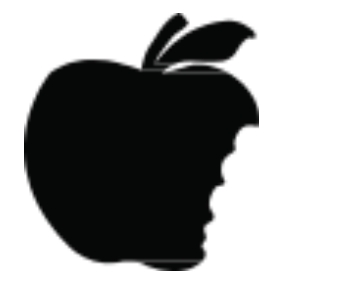Snacks that help your child learn, play and grow
Most kids like to snack. That’s great! With  their small stomachs, they may not meet their nutritional needs with just three meals
a day. You can help them get all the nutrients and food energy they need to learn,
play and grow by choosing snacks from the five food groups. Think of a snack as a
mini-meal.
their small stomachs, they may not meet their nutritional needs with just three meals
a day. You can help them get all the nutrients and food energy they need to learn,
play and grow by choosing snacks from the five food groups. Think of a snack as a
mini-meal.
Tips for Making Snack Time Healthy
- Keep food group snacks handy. Keep raw, cut-up vegetables, fruit, milk, cheese, yogurt, bread, peanut butter or hard-boiled eggs on hand and ready to eat.
- Time snacks carefully. Offer snacks two to three hours before meals. That way your child will be hungry for lunch or dinner. Try to offer meals and snacks at the same time every day.
- Snack when hungry: Offer snacks when kids are hungry, not to calm tears or reward behavior. Otherwise you teach a pattern of emotional overeating. Parenting tip: Sometimes kids say they are hungry when they just want attention or are bored. Take a few minutes to talk or do something fun!
- Let snacks fill the gap. If your child misses or does not eat vegetables at lunch, offer carrot sticks as part of an afternoon snack.
- Keep snacks small. If your child is still hungry, he or she can ask for more. Let your child decide how much to eat.
- Think “fun” at snack time. Kids like colorful foods; foods that smell good; and ones
that
 are crisp, creamy and crunchy. Come up with funny names for foods they might be hesitant
to eat. For example, try calling an egg omelet an UFO (unidentified flying object).
are crisp, creamy and crunchy. Come up with funny names for foods they might be hesitant
to eat. For example, try calling an egg omelet an UFO (unidentified flying object). - Offer simple foods most often. Examples are fruits, vegetables, whole-grain crackers
or cereal, yogurt and cheese. Once in a while, it is okay to offer candy or cookies
as a special treat.
You are the role model! Kids snack on what they see you choose for a snack. Choose foods from the five food groups for your health and your child’s health.
Fruits & Vegetables for Snacks
Snack time is a great time to make sure your child gets the recommended five servings of fruits and vegetables. Fruits and vegetables are packed with the nutrients your child needs to learn, play and grow. Here are some examples of snacks that include fruits and vegetables and foods from the five food groups.
Try these fruit & vegetable snacks
- Fruit juice pops: Freeze 100 percent fruit juice in small paper cups or ice cube trays. Before freezing insert a plastic spoon for the stick.
- Crunchy banana: Peel bananas. Roll them in peanut butter or yogurt, then crushed cereal.
 Freeze.
Freeze. - Peanut butter logs: Fill celery with peanut butter. Thin peanut butter with milk or mashed banana for younger children.
- Milk shake-ups: Pour milk, 100 percent juice and ice in a covered container. Shake!
- Bunny snacks: Clean carrots, celery, broccoli, bell pepper and other favorite vegetables. Cut into bite-size pieces for snacking. Offer low-fat ranch dressing for dipping.
Reviewed by: Jenni Kinsey, MS, RD, LD & Hasina Rakotomanana, MS.
References
USDA.(2017) Nibbles for Health. Retrieved from: https://www.fns.usda.gov/tn/nibbles-health-nutrition-newsletters-parents-young-children
American Academy of Pediatrics (2016). Choosing Health Snacks for Kids. Retrieved from: https://www.healthychildren.org/English/healthy-living/nutrition/Pages/Choosing-Healthy-Snacks-for-Children.aspx
Deana Hildebrand, PhD., RD,LD, Associate Professor & Extension Specialist
Christine Walters, RDN, LD, MS, Extension Program Assistant
Oklahoma Cooperative Extension Service
Nutritional Sciences Department, Oklahoma State University
